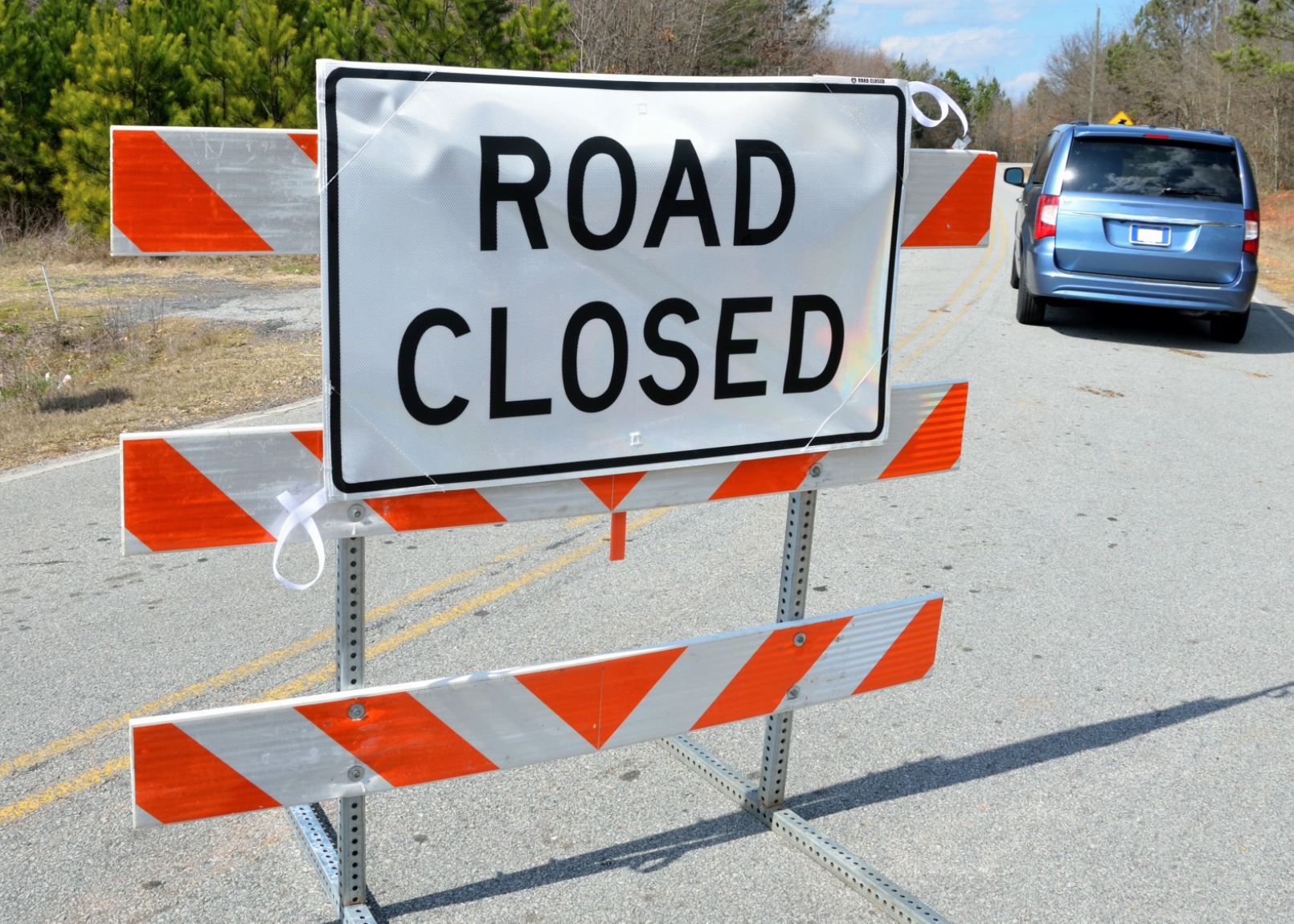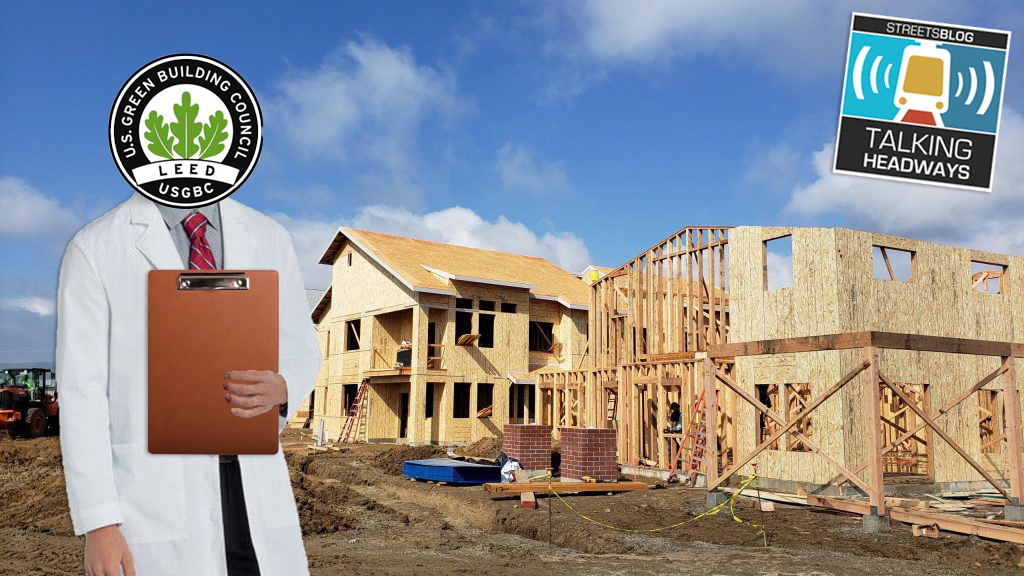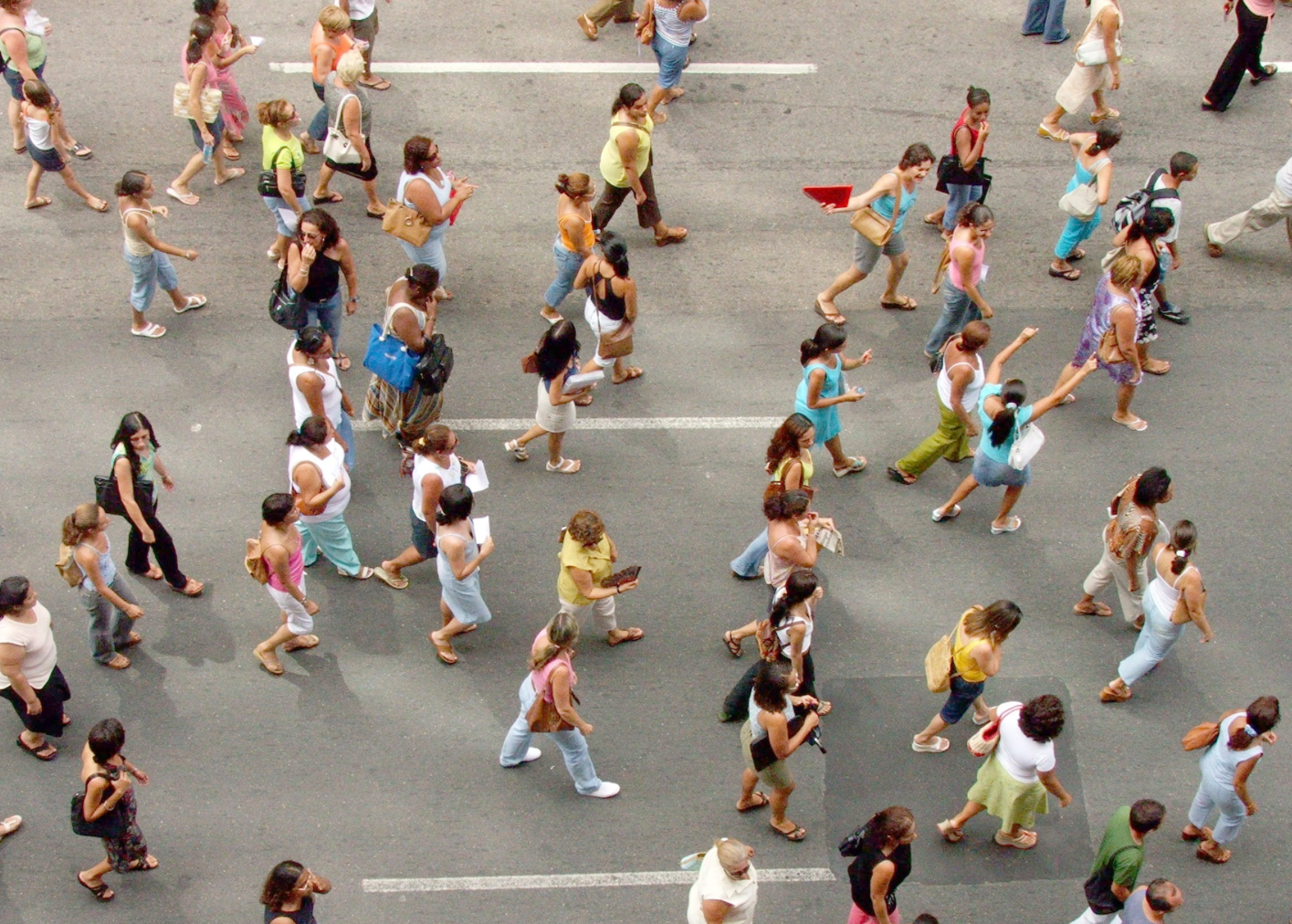 (Chart: NCSRS/SRSNP)
(Chart: NCSRS/SRSNP)The percentage of U.S. students between ages five and 14 who walk or bike to school has remained stable over the past 15 years but remains three-quarters below where it stood 40 years ago, according to a new analysis of government data by two groups working on the Safe Routes to School (SRtS) program.
Crunching numbers from the U.S. DOT's National Household Travel Survey, the National Center for SRtS and the SRtS National Partnership concluded that between 1969 and 2009, school transportation habits essentially flipped -- with auto use rising from 12 percent of the student population to 44 percent, and biking or walking going from a 48-percent popularity rate with kids to just 13 percent.
Despite the fact that the share of students choosing to walk or bike to school has remained around 12 percent since 1995, the SRtS groups saw a silver lining to their findings: Their efforts appear to be making headway when it comes to shorter trips from home to school. When the data was restricted to students traveling less than one mile to classes, 38 percent walked or biked last year.
“There
is a real opportunity to change the car culture and make school
campuses less congested if more of the parents who are driving shorter
distances let their children walk or bike to school, and those who
driving further distances let their children ride school buses,” Lauren
Marchetti, director of the National Center for SRtS, said in a
statement.
SRtS directs federal transportation dollars to help localities build dedicated infrastructure for kids up to age 14 to walk or bike to school. Members of Congress from both parties have endorsed legislation that would expand the program to high schools as part of the next six-year federal transport bill.





